Oslo Natural History Museum
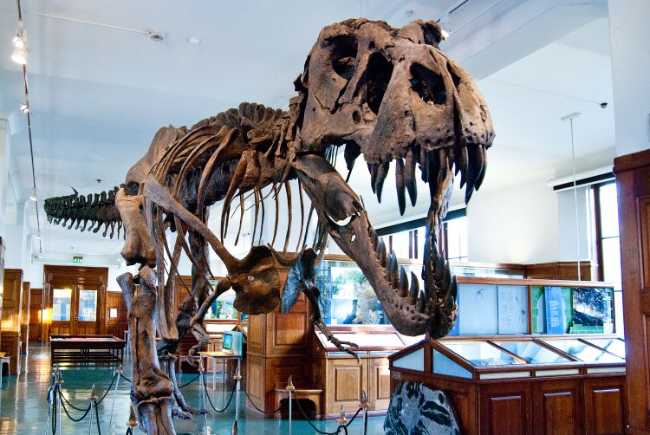
Located in Oslo’s vibrant Tøyen district, the Natural History Museum is Norway’s largest and oldest institution dedicated to the wonders of the natural world. Part of the University of Oslo, it encompasses the Zoological and Geological Museums, the Climate House, and the lush Botanical Garden. Visitors can explore dazzling mineral collections, lifelike animal dioramas, and captivating fossils—including the famous Darwinius masillae, a 47-million-year-old primate fossil known as “Ida.” The newly renovated geological exhibitions span four floors, showcasing meteorites, crystals, and dinosaur skeletons in immersive settings. The Climate House offers interactive experiences focused on sustainability and environmental change, while the Botanical Garden features over 7,500 plant species in themed areas like the fragrance and sensory gardens. With engaging displays, educational programs, and a cozy café and gift shop, the museum invites all ages to discover Earth’s rich biodiversity and the forces that shape it.
Oslo NorwayThe Natural History Museum in Oslo is located at Sars' gate 1, 0562 Oslo, in the vibrant area between Grünerløkka and Tøyen, on the eastern side of downtown Oslo. This prominent museum is part of the University of Oslo and encompasses multiple institutions including the Botanical Garden and the Museum of Zoology. Visitors can explore a wealth of natural science collections, including extensive zoological exhibits featuring taxidermied animals in lifelike habitats, geological exhibitions with fossils, minerals, and dinosaur skeletons, and a botanical garden showcasing over 7,500 plant species across large outdoor and greenhouse spaces. The museum also features a Climate House and a café, making it a family-friendly destination for both education and leisure. Nearby, the neighborhoods of Grünerløkka and Tøyen offer dynamic cultural experiences with trendy cafés, parks, and creative venues that complement the museum visit. Public transport access is convenient, with the Tøyen metro station just a short walk from the museum entrances, including those on Sars’ gate and Monrads gate. The location provides an enriching blend of natural history, urban culture, and green space, making it an essential stop in Oslo’s cultural itinerary.
 Munch Museum
Oslo
Munch Museum
Oslo
 Fram Museum
Oslo
Fram Museum
Oslo
 Kon-Tiki Museum
Oslo
Kon-Tiki Museum
Oslo
 Norwegian Maritime Museum
Oslo
Norwegian Maritime Museum
Oslo
 Viking Planet
Oslo
Viking Planet
Oslo
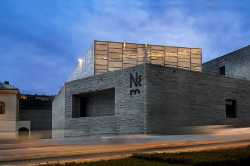 National Museum Oslo
Oslo
National Museum Oslo
Oslo
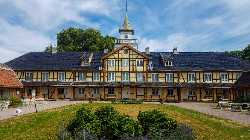 Oslo City Museum
Oslo
Oslo City Museum
Oslo
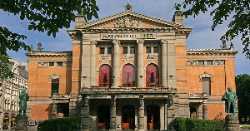 The Norwegian National Theatre
Oslo
The Norwegian National Theatre
Oslo
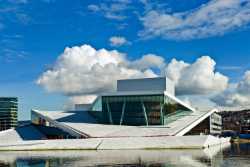 Oslo Opera House
Oslo
Oslo Opera House
Oslo
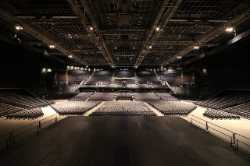 Oslo Spektrum
Oslo
Oslo Spektrum
Oslo
 Rockefeller Music Hall
Oslo
Rockefeller Music Hall
Oslo
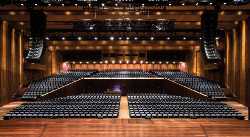 Oslo Concert Hall
Oslo
Oslo Concert Hall
Oslo
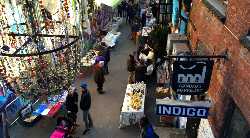 Vestkanttorvet bric-a-brac
Oslo
Vestkanttorvet bric-a-brac
Oslo
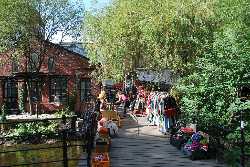 Sunday market in Ingensgate
Oslo
Sunday market in Ingensgate
Oslo
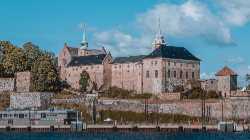 Akershus Fortress
Oslo
Akershus Fortress
Oslo
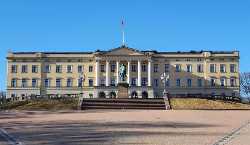 The Royal Palace Oslo
Oslo
The Royal Palace Oslo
Oslo
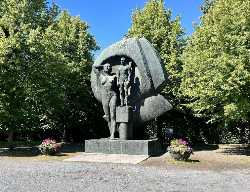 National Monument Oslo
Oslo
National Monument Oslo
Oslo
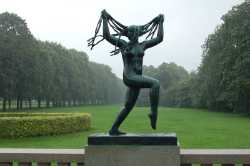 Vigeland Sculpture Park
Oslo
Vigeland Sculpture Park
Oslo
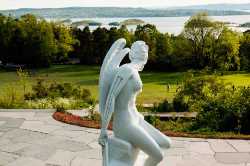 Ekeberg Sculpture Park
Oslo
Ekeberg Sculpture Park
Oslo
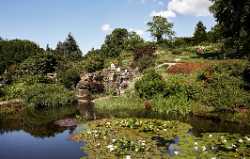 Botanical Garden
Oslo
Botanical Garden
Oslo
 The Viking Ship Museum
Oslo
The Viking Ship Museum
Oslo
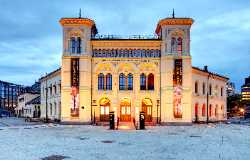 Nobel Peace Center
Oslo
Nobel Peace Center
Oslo
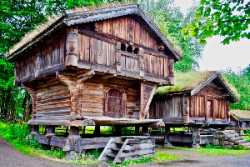 Norwegian Folk Museum
Oslo
Norwegian Folk Museum
Oslo
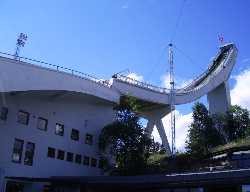 Holmenkollen Ski Museum and Tower
Oslo
Holmenkollen Ski Museum and Tower
Oslo
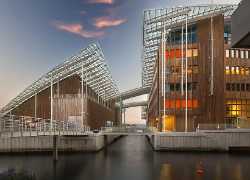 Astrup Fearnley Museum
Oslo
Astrup Fearnley Museum
Oslo
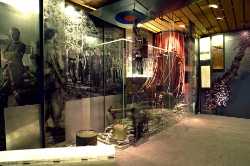 The Resistance Museum
Oslo
The Resistance Museum
Oslo
 Vigeland Museum
Oslo
Vigeland Museum
Oslo
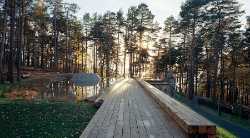 Ekebergparken Museum
Oslo
Ekebergparken Museum
Oslo
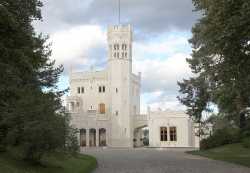 Oscarshall Palace
Oslo
Oscarshall Palace
Oslo
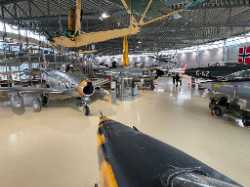 Norwegian Armed Forces Museum
Oslo
Norwegian Armed Forces Museum
Oslo
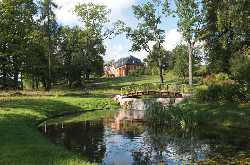 Bogstad Farm
Oslo
Bogstad Farm
Oslo
 Galleri Rom
Oslo
Galleri Rom
Oslo
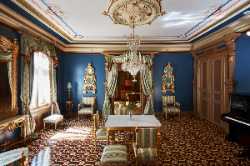 Ibsen Museum
Oslo
Ibsen Museum
Oslo
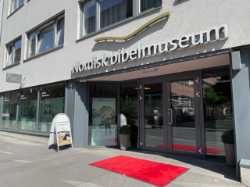 Nordic Bible Museum
Oslo
Nordic Bible Museum
Oslo
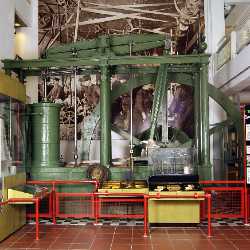 Norwegian Museum of Science and Technology
Oslo
Norwegian Museum of Science and Technology
Oslo
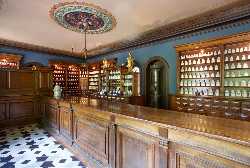 Norwegian Pharmacy Museum
Oslo
Norwegian Pharmacy Museum
Oslo
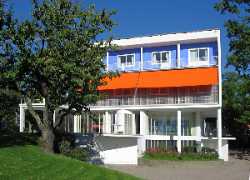 Villa Stenersen
Oslo
Villa Stenersen
Oslo
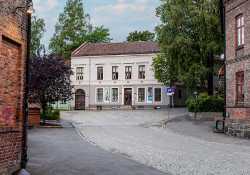 Labour Museum
Oslo
Labour Museum
Oslo
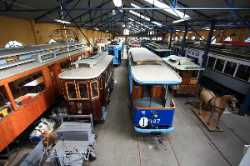 Oslo Tramway Museum
Oslo
Oslo Tramway Museum
Oslo
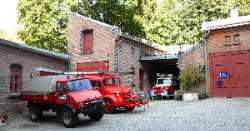 The Fire Museum
Oslo
The Fire Museum
Oslo
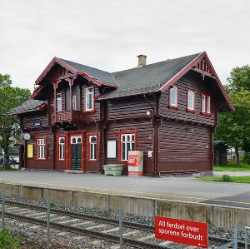 Norwegian Telecom Museum
Oslo
Norwegian Telecom Museum
Oslo
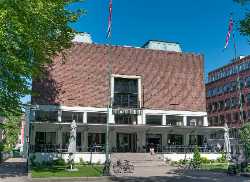 Kunstnernes Hus
Oslo
Kunstnernes Hus
Oslo
 Galleri Fineart
Oslo
Galleri Fineart
Oslo
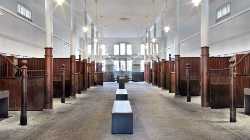 Queen Joséphine Gallery
Oslo
Queen Joséphine Gallery
Oslo
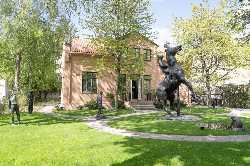 TBS Gallery
Oslo
TBS Gallery
Oslo
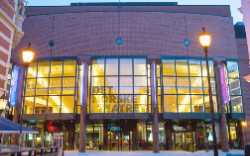 Det Norske Teatret
Oslo
Det Norske Teatret
Oslo
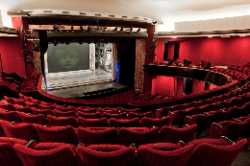 Oslo Nye Teater
Oslo
Oslo Nye Teater
Oslo
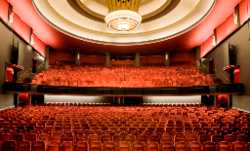 Folketeateret
Oslo
Folketeateret
Oslo
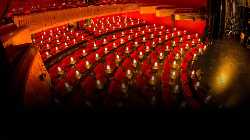 Chat Noir
Oslo
Chat Noir
Oslo
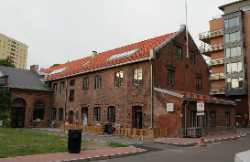 Det Andre Teatret
Oslo
Det Andre Teatret
Oslo
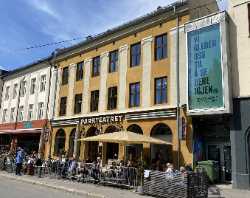 Parkteatret
Oslo
Parkteatret
Oslo